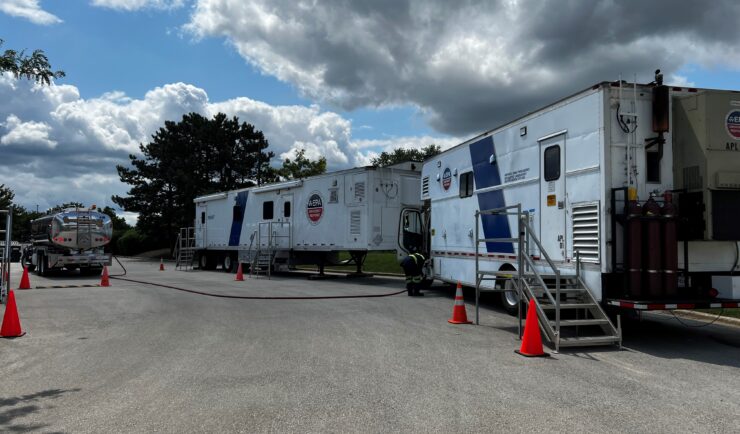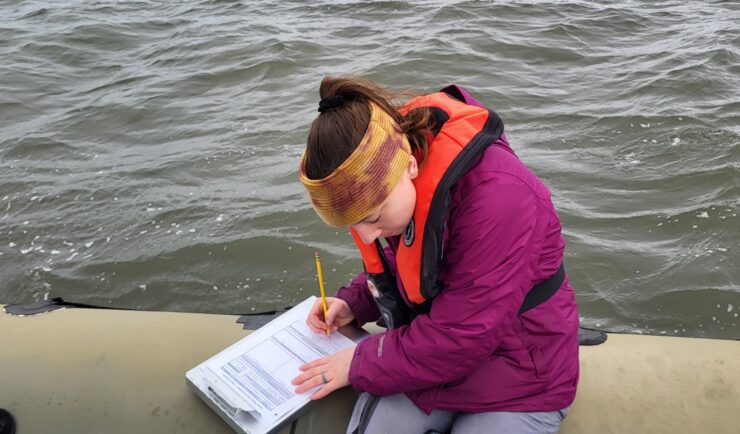- Community Spotlight, Uncategorized
- Environmental Resource Assessment & Management
CSS Employee Owners Receive NOS Team Member of the Year Awards

Congratulations to two CSS Employee Owner who received a National Ocean Service (NOS) Team Member of the Year Award for their dedication and hard work over the past year.
One employee owner received an NOS Team Member of the Year Group Award as part of Team Lynker, the prime contract company with NOAA’s Office for Coastal Management, and other federal team members responsible for announcing the Climate Resilience Regional Challenge funding. The CSS employee owner involved in this massive communication effort provided web support and designed materials to be used in communication regarding this funding, including a handout for each of the 19 projects. The team used these products to communicate to NOAA leadership, the public, the press, and Congress.
Another employee owner supporting the CSS contract with NOAA’s National Centers for Coastal Ocean Science (NCCOS) received an NOS Team Member of the Year Award for his exceptional performance in successfully transitioning and running models for hypoxia and harmful algal bloom (HAB) forecasts to NCCOS. To accomplish this transition, CSS employee owner had to become an expert in the model framework that had not previously been used at NCCOS. As part of this transition, he worked through and overcame unanticipated challenges while collaborating with partners to find solutions. In addition, he implemented the first forecast of movement of the HAB in Lake Okeechobee Florida. During these transitions he worked constantly looking for solutions to assure the processing is reliable will be sustainable in the long-term. Throughout the process, he documented procedures and provided training to enable others to run the models.
Congratulations to both employee owners on their amazing accomplishment and their well-deserved awards!
See More CSS Insights
New Data and Reports on the U.S. Marine Economy
Each year CSS economists on contract with NOAA’s Office for Coastal Management work with other federal agencies to process the most recent economic and labor data, and extract the portions related to marine-dependent sectors.

Emergency Response Support for the Republican National Convention
CSS employee owners on contract with the U.S. Environmental Protection Agency’s Portable High-throughput Integrated Laboratory Identification System — a mobile analytical unit known as PHILIS — provided emergency response support for the 2024 Republican National Convention. PHILIS mobile laboratory units are designed to provide onsite analysis of environmental conditions, including air and soil samples, contaminated…

Organizing Teams to Monitor Coastal Contaminants
For nearly 40 years NOAA’s National Mussel Watch Program has been monitoring contaminants in coastal waters in over 400 sites around the U.S. by testing sediment and bivalves, such as oysters and mussels. A CSS employee owner organizes and coordinates the regional missions to collect and test samples. This includes developing a schedule and coordinating…
